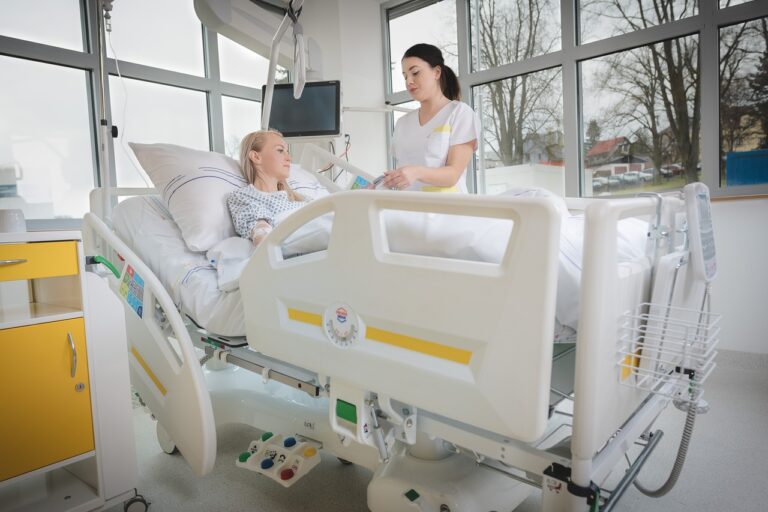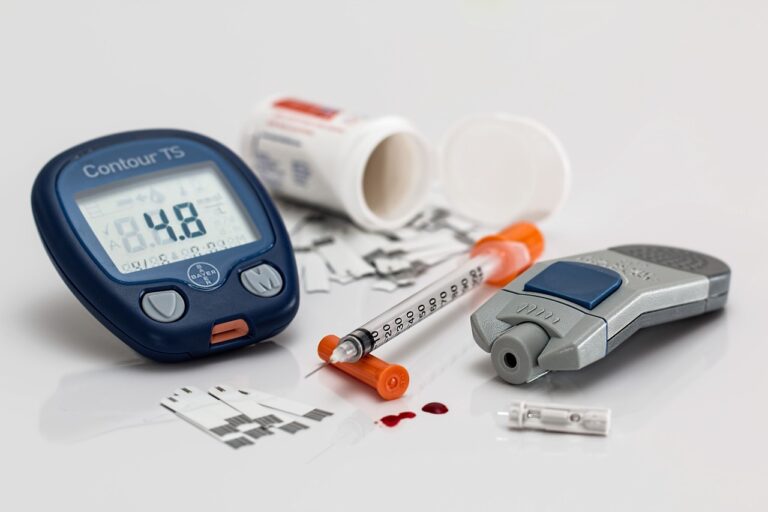Book Appointment Now

The Neuman Systems Model: A Holistic Approach to Nursing
The Neuman Systems Model (NSM), developed by Betty Neuman in 1972, provides a comprehensive framework for understanding and managing patient care. It views individuals as open systems interacting with internal and external environments and is widely applicable across diverse healthcare settings. The model is designed to address the complexities of human responses to stressors, offering nurses a structured way to promote wellness through prevention and intervention.
Grab a 100% custom nursing paper about Betty Neuman’s system model framework tailored to your instructions.
Get Custom Nursing Paper
Core Components of the Neuman Systems Model
1. Open System
The Neuman Systems Model defines individuals as open systems constantly exchanging energy, information, and matter with their environment. This dynamic interaction influences a person’s health and necessitates continuous adaptation to maintain balance or homeostasis.
2. Neuman’s 3 Stressors
Stressors are forces that disrupt a system’s stability. Neuman categorizes them into three types:
- Intrapersonal Stressors: Internal factors, such as illness or emotional distress.
- Interpersonal Stressors: Stressors arising from interactions with others, such as relationship conflicts.
- Extrapersonal Stressors: External environmental factors, such as financial hardship or environmental hazards.
3. Lines of Defense and Resistance
Neuman conceptualizes three layers of defense that protect the system:
- Flexible Line of Defense: The first, temporary barrier against stressors, such as the immune response to infection.
- Normal Line of Defense: The system’s usual state of equilibrium or baseline health.
- Lines of Resistance: Internal mechanisms activated when stressors penetrate the normal line of defense, aimed at restoring balance.
4. Prevention as Intervention
The Neuman model emphasizes prevention as the primary strategy for managing stressors. This involves three levels:
- Primary Prevention: Actions to prevent stressor penetration, such as vaccinations or health education.
- Secondary Prevention: Early detection and prompt intervention to mitigate damage, such as screenings or treatments.
- Tertiary Prevention: Rehabilitation efforts to restore optimal functioning after a stressor’s impact.
5. Reconstitution
Reconstitution is the process of recovery and return to stability after a stressor has disrupted the system. It involves regaining balance and strengthening the lines of defense.
Application of the Neuman Systems Model
1. Critical Care Nursing
In critical care settings, the Neuman Systems Model provides a robust framework for managing the complex needs of critically ill patients. Nurses assess the patient’s stressors, such as acute physiological disturbances (intrapersonal) or family concerns (interpersonal), and prioritize interventions accordingly. Primary prevention may include administering prophylactic antibiotics to prevent infection, while secondary prevention focuses on early recognition of complications, such as sepsis. Tertiary prevention involves rehabilitation strategies, such as physical therapy, to restore baseline functioning after recovery.
2. Chronic Illness Management
For patients with chronic conditions, the model emphasizes a holistic approach to managing stressors over the long term. Intrapersonal stressors, such as pain or medication side effects, are managed through personalized treatment plans. Social support and counseling address interpersonal stressors like the emotional toll on families. Environmental modifications, such as home adaptations for mobility-impaired patients, mitigate extrapersonal stressors. Prevention strategies include patient education, routine monitoring, and lifestyle modifications to prevent disease exacerbation.
3. Community and Public Health Nursing
The Neuman model guides community health nurses in designing interventions that address population-level stressors. For instance, during an outbreak, primary prevention involves public education campaigns and vaccinations, while secondary prevention includes screening programs to identify infected individuals early. Tertiary prevention focuses on community recovery, such as mental health services for populations affected by disasters.
4. Pediatric Nursing
In pediatric nursing, the Neuman model helps address stressors affecting children and their families. Flexible lines of defense are supported by promoting adequate nutrition and immunizations to prevent illness. Nurses assess family dynamics to identify interpersonal stressors that could impact the child’s health. Reconstitution strategies often include family-centered care plans that engage parents in the recovery process.
5. Mental Health Nursing
Mental health nursing effectively integrates the Neuman model by addressing stressors that disrupt emotional and psychological stability. For example, intrapersonal stressors like anxiety or depression are managed through therapy and medication, while interpersonal stressors such as strained relationships are addressed through family counseling. Preventive strategies emphasize resilience-building activities and coping mechanisms.
Cross-Setting Application: A Tabulated Summary
| Healthcare Setting | Stressors Addressed | Prevention Strategies | Reconstitution Goals |
|---|---|---|---|
| Critical Care Nursing | Acute physiological disturbances, family concerns. | Primary: Infection prevention. Secondary: Early sepsis detection. | Restore equilibrium, strengthen defenses. |
| Chronic Illness Management | Pain, medication side effects, emotional toll. | Primary: Lifestyle education. Secondary: Routine monitoring. | Achieve baseline functioning, enhance coping. |
| Community/Public Health | Disease outbreaks, environmental hazards. | Primary: Education, vaccinations. Secondary: Screenings. | Promote community resilience. |
| Pediatric Nursing | Nutrition deficits, family stressors. | Primary: Immunizations, health promotion. Secondary: Early detection of illness. | Holistic child-family recovery plans. |
| Mental Health Nursing | Anxiety, relationship conflicts, societal stigma. | Primary: Resilience-building. Secondary: Early diagnosis of mental illnesses. | Emotional stability, restored relationships. |
Advantages of the Neuman Systems Model
- Holistic Perspective: Considers the interplay of physical, emotional, and social factors in patient care.
- Emphasis on Prevention: Encourages proactive measures to prevent health disruptions.
- Versatility: Applicable across a wide range of nursing settings, from acute care to community health.
- Patient-Centered Care: Adapts to individual stressors and patient-specific needs.
Limitations of the Neuman Systems Model
- Complexity: Requires a deep understanding of theoretical constructs, making it challenging for novice nurses.
- Broad Scope: The wide applicability may lack specificity for highly specialized situations.
- Measurement Issues: Difficulty in quantifying abstract concepts like stressors and defense lines.
The Neuman Systems Model remains a vital framework in modern nursing practice, offering a structured approach to understanding and addressing patient needs. Its emphasis on prevention, adaptation, and holistic care ensures that nurses can effectively manage the diverse challenges posed by stressors. By integrating this model, nurses are better equipped to promote wellness, mitigate health disruptions, and support recovery across various settings.







